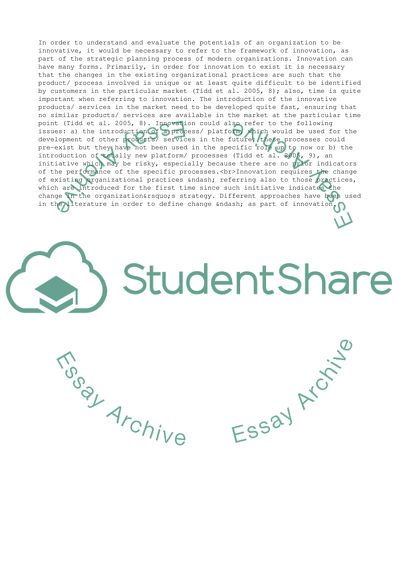Cite this document
(Any Organisation Can Learn to Be Innovative Dissertation - 1, n.d.)
Any Organisation Can Learn to Be Innovative Dissertation - 1. Retrieved from https://studentshare.org/business/1750230-innovation-and-change
Any Organisation Can Learn to Be Innovative Dissertation - 1. Retrieved from https://studentshare.org/business/1750230-innovation-and-change
(Any Organisation Can Learn to Be Innovative Dissertation - 1)
Any Organisation Can Learn to Be Innovative Dissertation - 1. https://studentshare.org/business/1750230-innovation-and-change.
Any Organisation Can Learn to Be Innovative Dissertation - 1. https://studentshare.org/business/1750230-innovation-and-change.
“Any Organisation Can Learn to Be Innovative Dissertation - 1”, n.d. https://studentshare.org/business/1750230-innovation-and-change.


